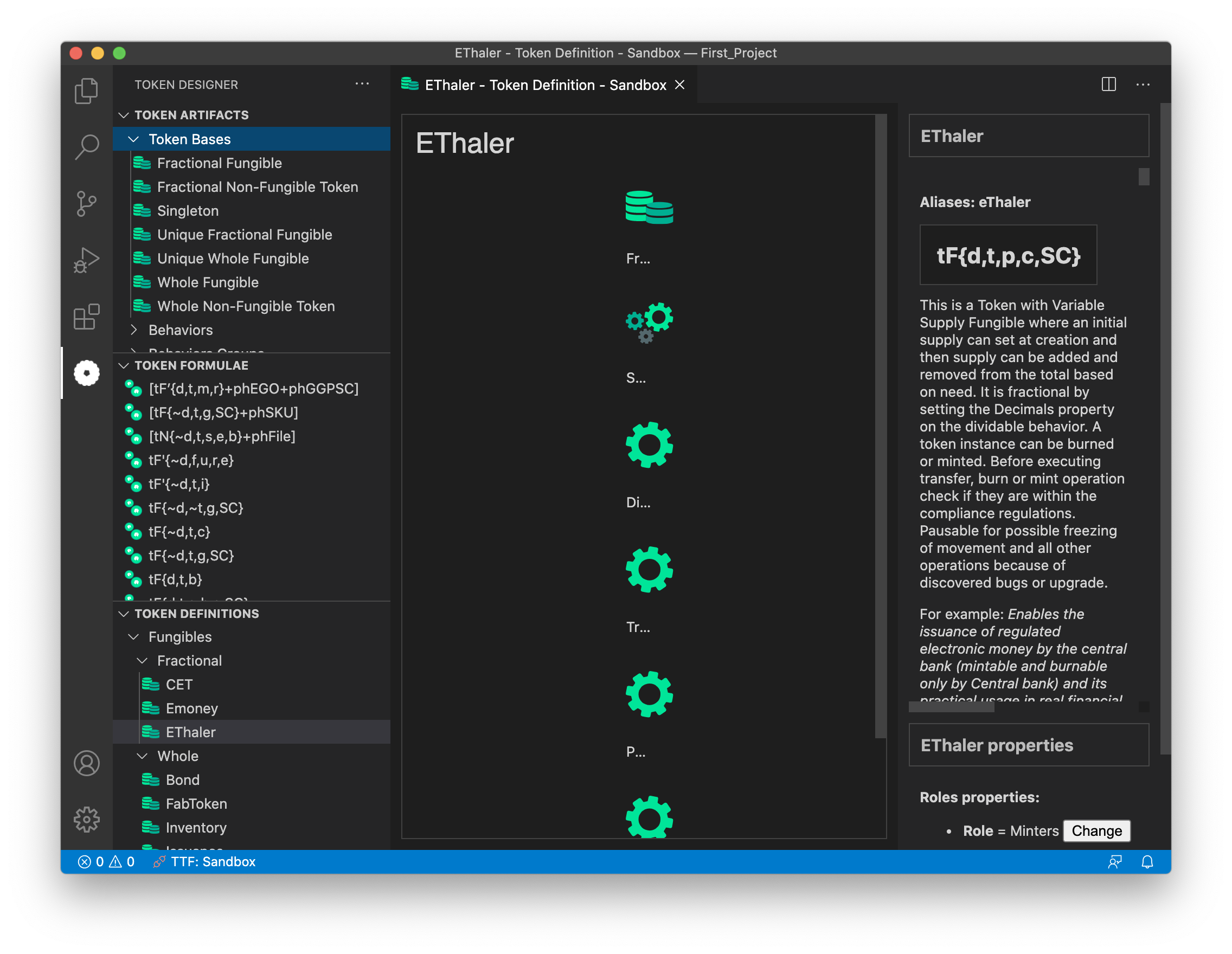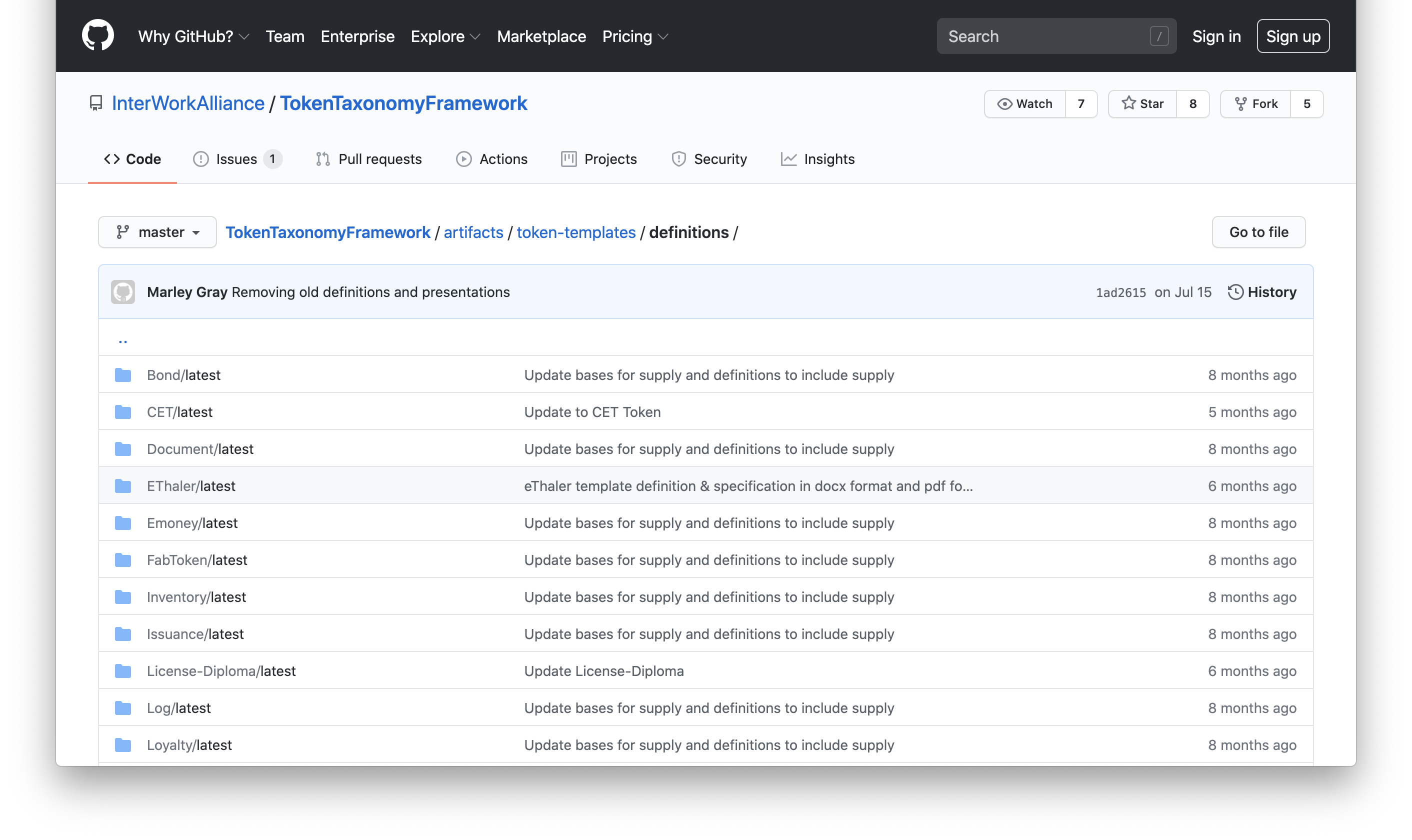Real-World Tokens: A Seven-Step Journey into the TTF
By - John deVadoss, Founder | President | Head, Development, NGD Enterprise, Inc. AND Ramesh Ramadoss, PhD, Technical Director, InterWork Alliance, and Co-Chair, IEEE Blockchain Initiative
Why Tokenize?
The potential to effectively tokenize real-world assets on a digital platform and to efficiently transact at a global scale is creating entirely new asset classes and new markets for hitherto illiquid assets.
Tokens can represent a wide-ranging set of assets and agreements across multiple parties, and their usage now spans public and private sectors and industries globally. The use of smart contracts enables the digitization of attributes and capabilities intrinsically in the token instance thereby enabling a single source of truth (SSOT), reducing risk and cost in clearing, settlement, custody, collateralization, and more. Additionally, this leads to increased transparency with respect to the participants, the transactions, and the lifecycle of the assets themselves, facilitating higher standards for regulatory compliance.
What is the TTF?
A token is a set of rights to take permissible actions to use, transfer, or otherwise benefit from a digital asset. A meta-model – one that defines the universe of tokens and provides a framework to create and classify tokens – is required in order to enable an engineering approach (as opposed to an ad-hoc approach) to digitizing assets. An approach anchored on a meta-model enables proven practices and ensures predictable business results. The Token Taxonomy Framework (TTF), from the InterWork Alliance (IWA), is a meta-model for digital assets.
The design of the TTF was inspired by two key goals – 1) for businesses: define a common set of concepts and terms that can be used by business and regulatory participants to speak the same language, and 2) for developers: produce token definitions that have clear and understood requirements that are implementation-neutral for developers to follow and standards organizations to validate.
A token template provides a formula and definition for how to create a specific token. Three atomic ingredients together comprise a template – base token type (e.g. Fungible), properties (e.g. SKU), and behaviors (e.g. Transferable). Templates are classified using characteristics they possess, grouping together tokens that share the same characteristics and categorizing them. Classification is useful for visualization (using tools for business/IT), and for learning and re-use of existing token templates. In practical terms, this is the essence of the TTF.
How to use the TTF
The InterWork Alliance is an industry standards organization dedicated to making tokenized services as mainstream as Wi-Fi or mobile broadband. The InterWork Alliance is very centered on using business requirements to drive standards development, with the TTF being the first embodiment of those standards. Members of the IWA are able to follow a seven-step journey using the TTF to turn those business requirements into real-world tokenized services.
1.Business case and economic model for digitization
The economic model serves to analyze the economic structures and elements that participate in the creation of value across the ecosystem. The business case delineates the economic forces that catalyze the starting-up and continued viability of the participants in the system.
2.Business definition of the targeted token(s) // IWA Wizard in the works to help
A business specification of the digital asset, including a comprehensive illustration of the lifecycle of the asset, involved parties, and relevant multi-party transactions. The business specification should use language that serves the needs of regulatory and compliance bodies.
3.Identify base token types, behaviors, and properties // IWA Token Designer available
A technical specification of the token, including the base token type(s), behaviors, and properties. The meta-model provides the language (“token formulae”) to precisely describe the token in a language that is both implementation-neutral and developer-friendly.

4.Reuse existing artifacts (from the IWA GitHub repository) as appropriate; catalog new artifacts as required
The TTF also enables members of the community to compare and contrast with other existing token definitions and to classify the new token. The IWA community and repository serve to foster and to scale the design, development, and sharing of token templates.

5.Contribute new artifacts (to the IWA GitHub repository)
Building on the previous step, contributions from the members of the IWA catalyzes the further development and evolution of the artifacts and the Framework.
6.TTF is platform-agnostic and implementation neutral; some members are making code-generation tools available to generate platform-specific code for testing and deployment.
7.Use IWA partners to certify your token definitions
Last, and certainly not the least, IWA is working with certification bodies to foster a trusted, interoperable ecosystem.
And if you’re not a member of the IWA…
Why not?? Tokenized business services can only achieve global web-scale adoption if those services are trusted in the marketplace – and the only way to achieve this trust is to ensure that all services are certified to one common standard across all ecosystems and sectors. The IWA is bringing this standard and certification process to fruition – but you must be a member in order to participate in the journey.
Perhaps you’d like to kick the tires a bit before joining – that’s understandable. We’ve made a version of the IWA Token Designer (step 3 on the path above) available for educational use by non-members. You can find it here, in the Microsoft Visual Studio Marketplace. Give it a try!
And if you want to really dig into the details of the TTF, we’ve made a version of the repo available on Github (where you can also inspect the code for the Token Designer, which is open source).
Summary
In summary, a structured design approach for digital asset definition needs to be based on an underlying meta-model (i.e. a language) for digital assets; and the TTF meta-model facilitates the creation, classification, and re-use of asset definitions and templates. The rest is implementation detail, as they say.
If you’re interested in joining us on this journey, you can find the details here.




